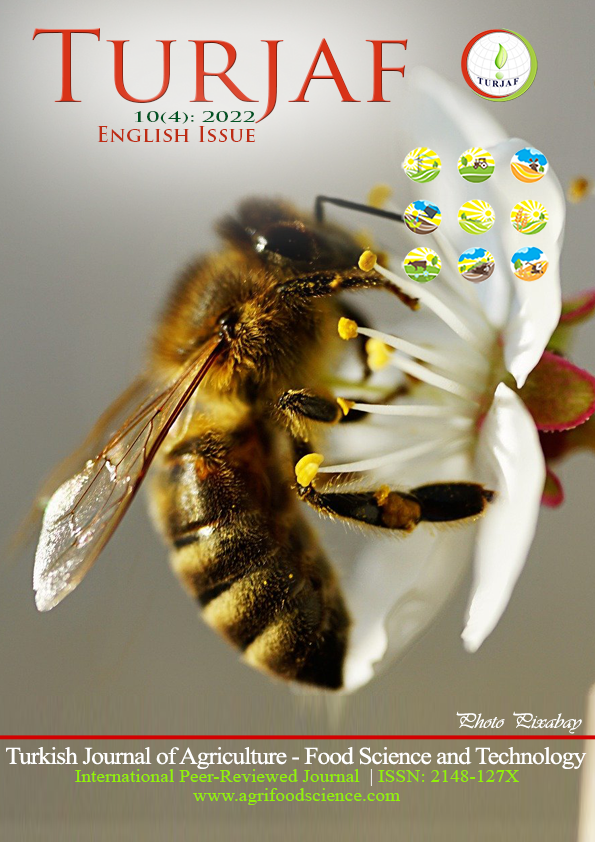Pseudomonas aeruginosa and Its Pathogenicity
DOI:
https://doi.org/10.24925/turjaf.v10i4.726-738.4986Keywords:
Pseudomonas aeruginosa, characteristic, virulence factor, pathogenicity, infection, foodAbstract
Pseudomonas aeruginosa, belonging to the Pseudomonadaceae family, is Gram-negative, rod-shaped, motile, aerobic, endospore negative, oxidase and catalase positive. It is widely found in nature and isolated from soil, plants, water and animals. It can grow rapidly on the surface of the food and form oxidized products and mucous substances. P. aeruginosa, one of the leading foodborne pathogens, causes important concerns in food safety due to being a source of contamination, causing food poisoning and antimicrobial resistance in animals, forming biofilms and difficulties in preventing biofilms. In this review, information on history, microbiological, cultural and biochemical characteristics, virulence factors and pathogenicity of P. aeruginosa are given. In addition, infections caused by P. aeruginosa and its presence in food are described.Downloads
Published
30.04.2022
How to Cite
Urgancı, N. N., Yılmaz, N., Koçer Alaşalvar, G., & Yıldırım, Z. (2022). Pseudomonas aeruginosa and Its Pathogenicity. Turkish Journal of Agriculture - Food Science and Technology, 10(4), 726–738. https://doi.org/10.24925/turjaf.v10i4.726-738.4986
Issue
Section
Review Articles
License
This work is licensed under a Creative Commons Attribution-NonCommercial 4.0 International License.









